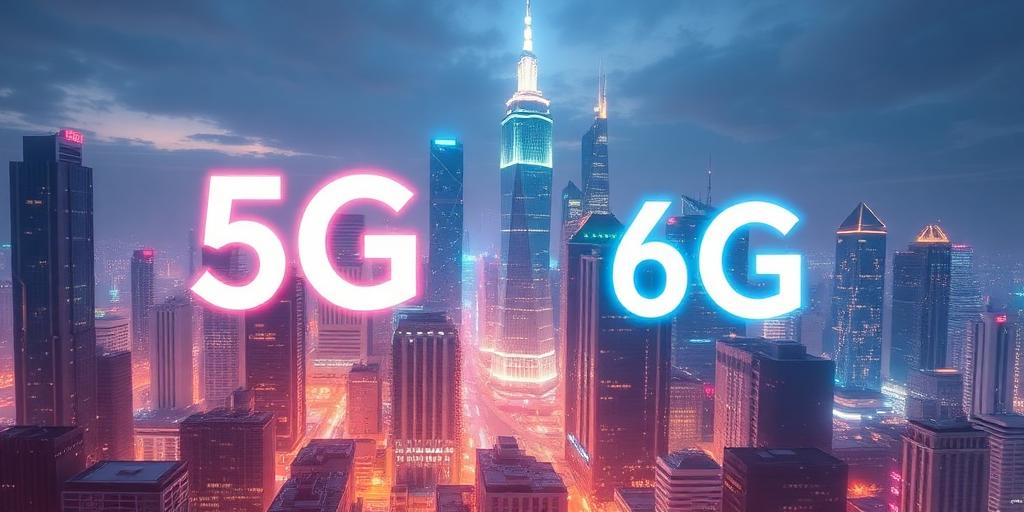The Impact of 5G (and Soon 6G) on Our Connected World
The advent of 5G technology has already begun to revolutionize our connected world, and with 6G on the horizon, the potential for even greater transformation is immense. This article will delve into the impact of 5G, explore what 6G promises, and discuss the implications for various aspects of our lives.
Understanding 5G: A Leap Forward
5G, the fifth generation of wireless technology, represents a significant upgrade over its predecessor, 4G. Its key advantages include:
- Higher Speeds: 5G offers significantly faster data transfer rates, enabling quicker downloads, smoother streaming, and reduced latency.
- Lower Latency: Reduced latency, or the delay in data transmission, is crucial for real-time applications like online gaming, augmented reality (AR), and virtual reality (VR).
- Increased Capacity: 5G networks can handle a greater number of connected devices simultaneously, paving the way for the Internet of Things (IoT) to flourish.
The Impact of 5G Across Industries
5G's capabilities are poised to transform various sectors:
- Healthcare: Remote patient monitoring, robotic surgery, and faster access to medical data can improve healthcare outcomes.
- Transportation: Autonomous vehicles, smart traffic management systems, and enhanced logistics can revolutionize transportation.
- Manufacturing: Smart factories, predictive maintenance, and real-time monitoring can boost efficiency and productivity.
- Entertainment: Immersive AR/VR experiences, cloud gaming, and high-definition streaming can redefine entertainment.
- Smart Cities: 5G will become the backbone for many smart city applications such as connected public transport, traffic management and waste management solutions.
6G: The Next Frontier
While 5G is still being rolled out globally, research and development for 6G are already underway. 6G promises even greater speeds, lower latency, and increased capacity compared to 5G. Some potential applications of 6G include:
- Holographic Communication: Real-time holographic communication could become a reality with the ultra-low latency and high bandwidth of 6G.
- Enhanced AI Integration: 6G could facilitate seamless integration of artificial intelligence (AI) into various applications, enabling more intelligent and autonomous systems.
- Ubiquitous Connectivity: 6G aims to provide connectivity in even the most remote and challenging environments, bridging the digital divide.
Challenges and Considerations
While the potential of 5G and 6G is immense, several challenges and considerations need to be addressed:
- Infrastructure Development: Deploying the necessary infrastructure for 5G and 6G requires significant investment and careful planning.
- Security Concerns: Ensuring the security and privacy of data transmitted over 5G and 6G networks is crucial.
- Regulatory Frameworks: Clear and consistent regulatory frameworks are needed to foster innovation and competition in the 5G and 6G ecosystem.
- Spectrum Allocation: Efficient allocation of spectrum resources is essential for the successful deployment of 5G and 6G networks.
Conclusion
5G is already making a significant impact on our connected world, and 6G promises to further revolutionize various aspects of our lives. By addressing the challenges and considerations associated with these technologies, we can unlock their full potential and create a more connected, efficient, and innovative future.









